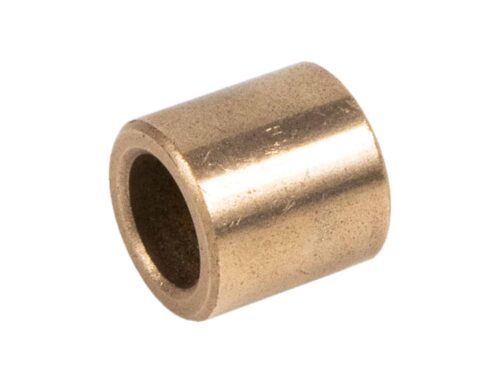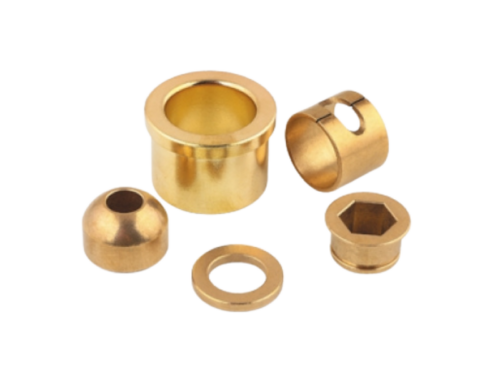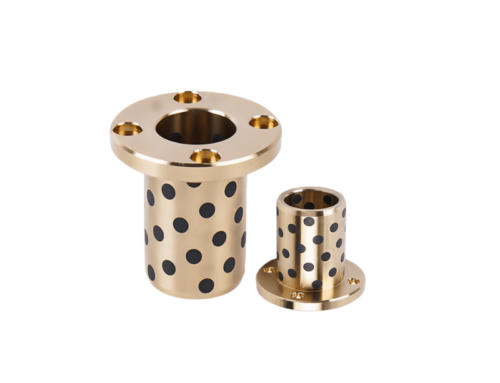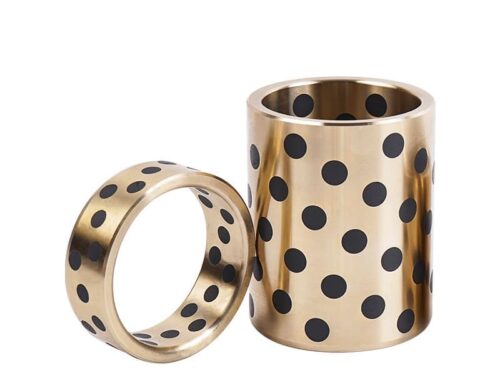Exploring the Essential Role of Plain Bearings and Bushings in Industry
Plain Bearings & Bushings Technology
Plain bearings and bushings are indispensable components in the mechanical world, quietly supporting the smooth operation of various systems. These components are pivotal in reducing friction and ensuring the efficient transfer of motion and loads in machinery. Let’s delve into the intricacies of these components, explore their types and materials, and forecast the future trends and challenges they face.
Understanding Plain Bearings
Plain bearings, also recognized as sliding bearings or bushings, facilitate smooth rotational or linear motion while minimizing friction. They typically consist of two mating surfaces sliding against each other, often separated by a lubricating film to enhance performance and longevity.
Types of Plain Bearings:
- Journal Bearings: These radial bearings support loads perpendicular to the shaft, facilitating smooth and stable rotational motion.
- Thrust Bearings: Designed to handle loads parallel to the shaft, these bearings are crucial in applications involving axial loads.
Materials Used:
- Ferrous Metals: Durable and robust, these materials are common in high-load applications.
- Copper-based Alloys: Known for excellent conductivity and resistance to corrosion.
- Plastics and Composites: These materials offer superior resistance to corrosion and can be tailored for specific applications, including those involving electrical insulation.
Advantages of Plain Bearings:
- Simple, compact design adaptable to various applications.
- Customizable shapes to fit unique requirements.
- High load-bearing capacity with excellent impact resistance.
- Cost-effective compared to more complex bearing systems.
- Potential for self-lubrication, reducing the need for maintenance.
However, there are drawbacks:
- Typically exhibit a higher coefficient of friction than rolling bearings.
- Generally less suitable for high-speed applications.
Spotlight on Bushings
A specific subset of plain bearings, bushings are particularly significant in electrical engineering, serving as insulators and structural components in transformers and switchgear.
Types of Bushings:
- Oil Impregnated Bushing: Traditional design with proven reliability.
- Composite Bushing: Offer enhanced durability and thermal performance.
Modern Bushings Feature:
- Advanced insulation materials like ptfe and pom slide layer enhance durability and performance.
- Designs focused on preventing overheating and accommodating mechanical stresses.
Future Trends and Challenges
The evolution of plain bearing and bushing technology aims to address growing industrial demands and environmental considerations:
- Advanced Materials: Greater use of advanced composites and polymers for enhanced performance.
- Smart Bearings: Integration of sensors to monitor conditions and predict maintenance needs.
- Maintenance-Free Designs: Innovations in self-lubricating materials to reduce upkeep and improve reliability.
- Environmental Impact: Development of lighter, more efficient materials to decrease energy consumption and environmental footprints.
Challenges Ahead:
- Enhancing performance under extreme conditions without escalating costs.
- Balancing the integration of advanced materials and features with cost-effectiveness.
Conclusion
As industries continue to evolve, the role of plain bearings and bushings becomes increasingly critical. With advancements in materials science and manufacturing techniques, these humble components are set to significantly impact the efficiency and reliability of future mechanical systems, underpinning innovation across numerous sectors.





